I first learned about The Burren from a friend who visited Ireland a few years ago. She described it as one of the weirdest places she had ever been: rolling hills with huge rocks seemingly placed there by giants millions of years ago. This was something I had to see.
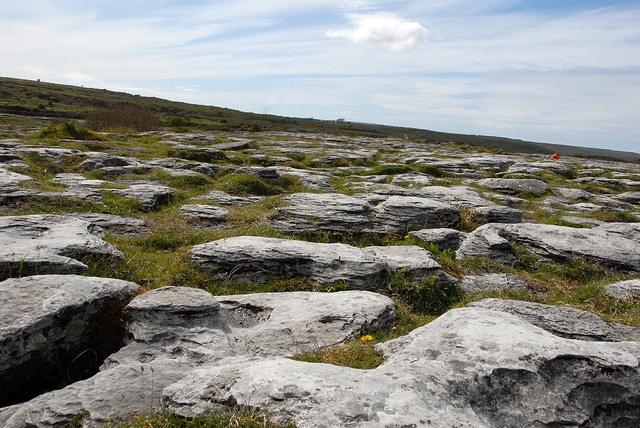
The Burren (from the Irish word ‘An Bhoireann’ meaning ‘a rocky place’) is a limestone landscape in County Clare. It’s one of the most geologically distinct landscapes in the world. Millions of years ago, this land was actually the floor of an ancient tropical sea. Think about that: Ireland used to be tropical & there used to be ocean over the very rocks which you can now stand on, freezing in Ireland’s cool climate.
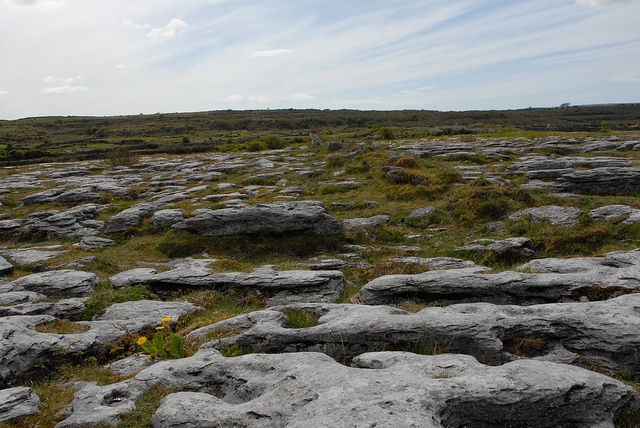
The cracks in the limestone are called grikes & through these cracks grow tropical flowers, right next to flowers native to Ireland, right next to flowers native to the Mediterranean. It’s one of the most unique floral & fauna zones in the world!
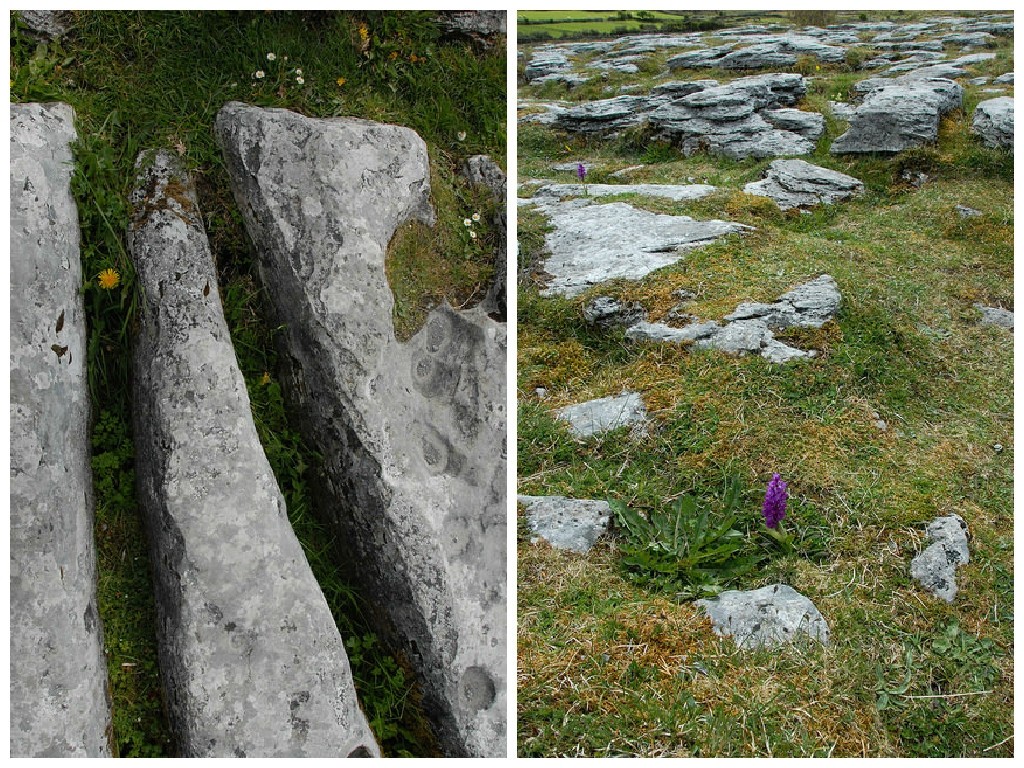
We stopped at the Burren Centre in Kilfenora to learn more about area. The nice woman at the information desk there gave us a great route to drive, which included all the major sites in the Burren & a scenic trip along the Wild Atlantic Way for the way home.
Our first (unplanned) stop was Leamaneh Castle, which we stumbled upon, looking all majestic on the side of the road. This castle, built around 1480, is a well preserved beauty. I’m pretty sure we illegally parked in someone’s farm, but another car pulled up at the same time we did & a couple from Florida popped out, declaring “The only castle we have by us is Cinderella’s Castle!!” The four of us decided it was okay to park where we were & popped inside for a quick visit.
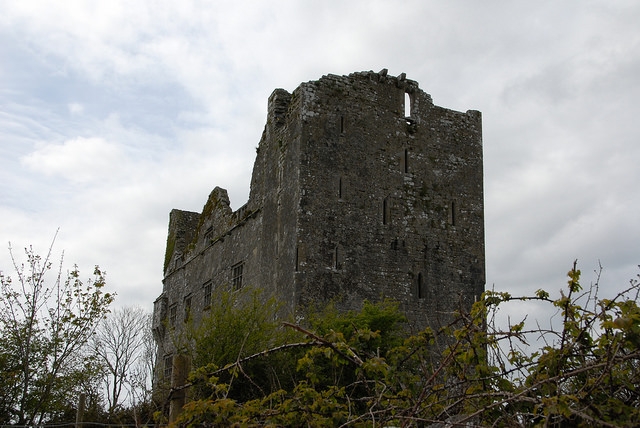
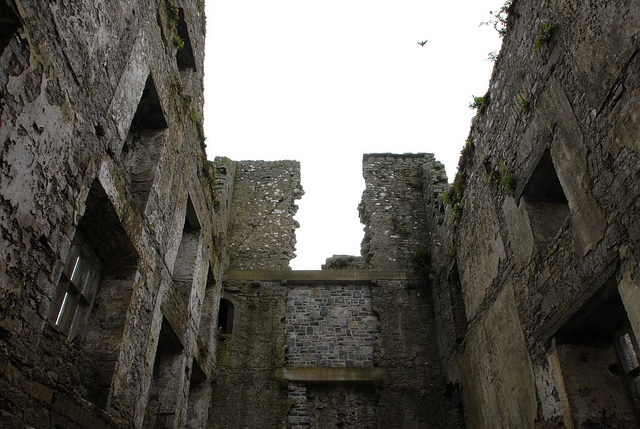
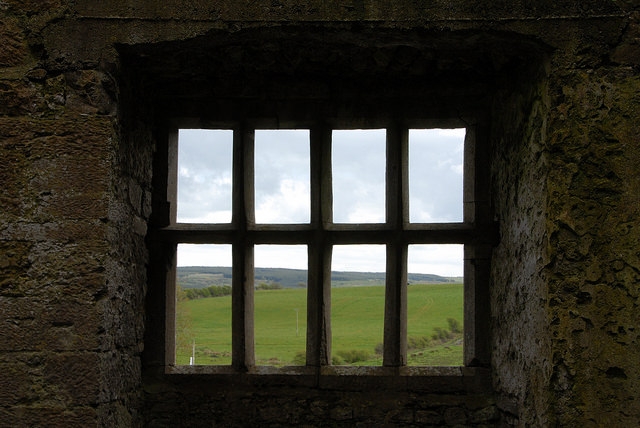
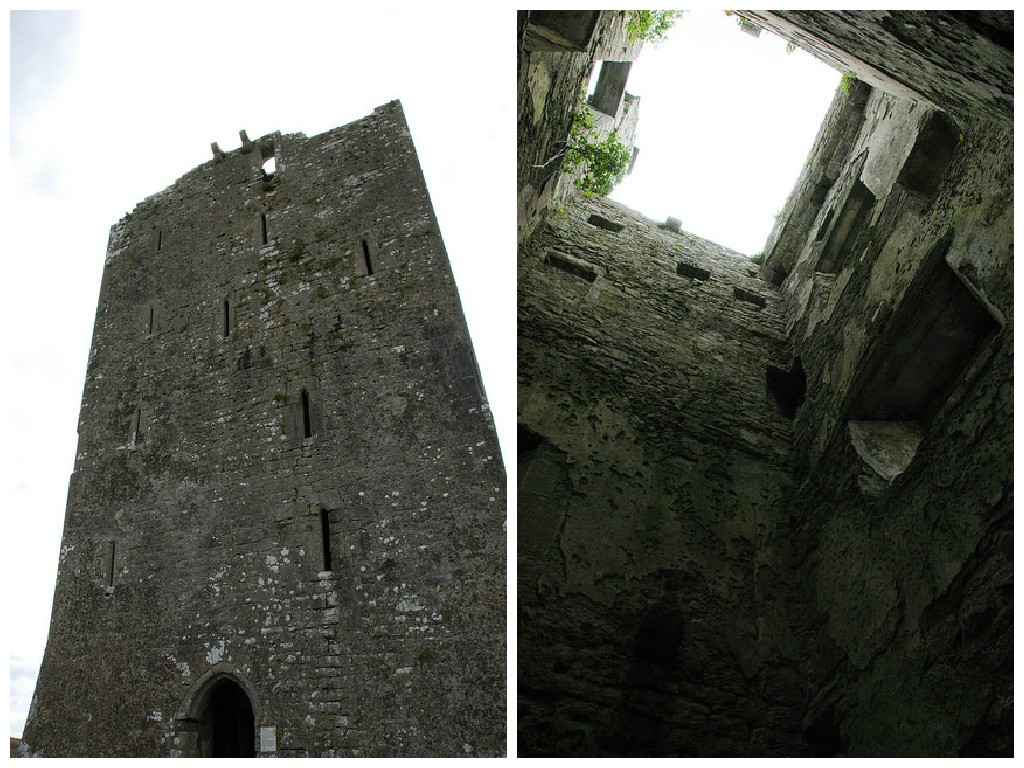
As we headed north on the R480, our first planned stop was at the Caherconnell Stone Fort. The fort is a well preserved stone ring fort which dates back to the early 10th century. The visitor center will give you a map for a self-guided tour of the fort & surrounding area. However, it costs €7 per person to get in & the video drags on for about 20 minutes (we decided to skip it, because of the length). Unless you’re really into medieval history & old forts, this might be a stop you can skip.
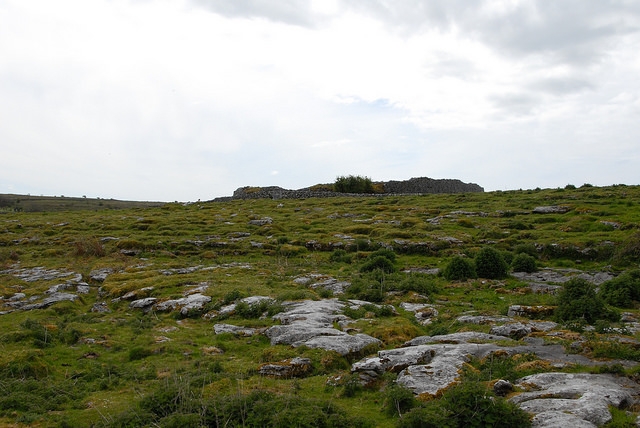
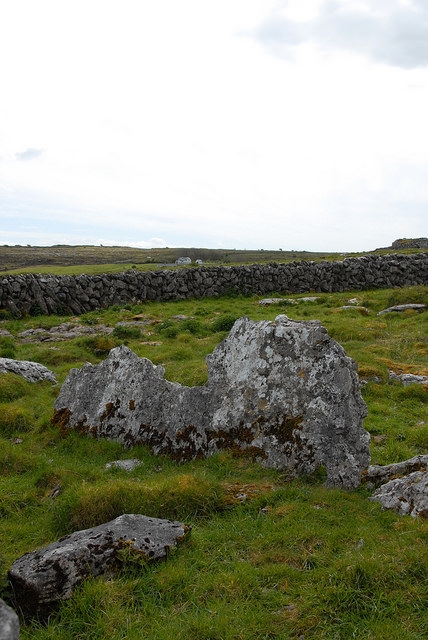

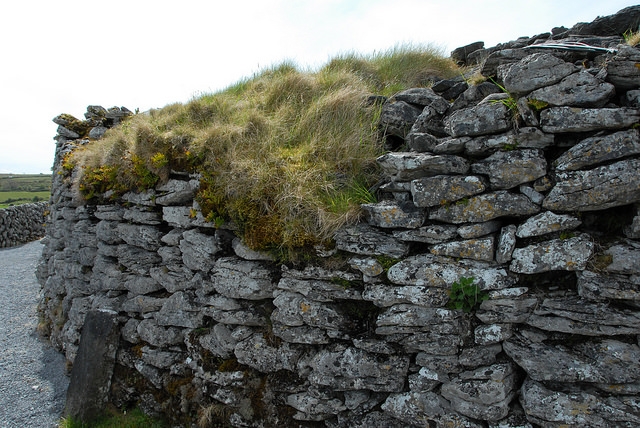
Our next stop was the famous Poulnabrone Dolmen, a tomb dating back to 3800 BC. In the 1980s, a crack was discovered in the eastern portal stone & the tomb collapsed. During excavation following the collapse, they found adults & children buried at the site. Here’s a tip: as you’re driving along R480, don’t be fooled by Google maps, which incorrectly translates Poulnabrone Dolmen to “Hole of Sorrows.”
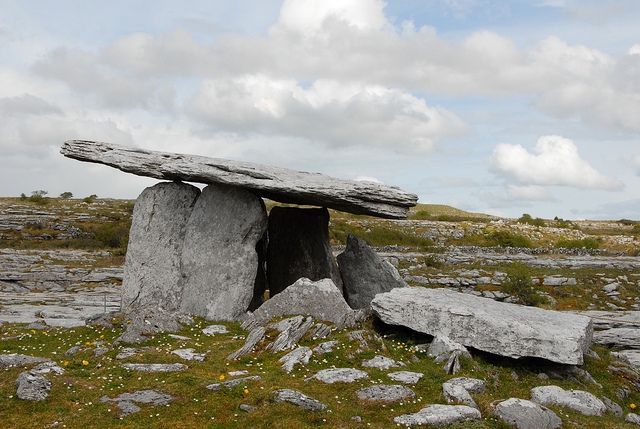
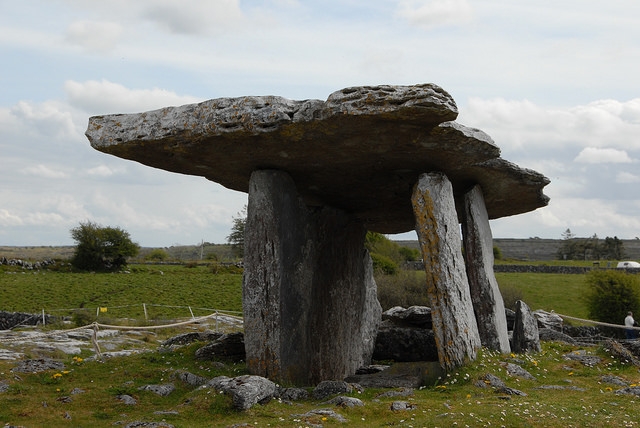
The further north you drive on R480, the more rural, scenic & rocky the drive gets. If you’re not used to driving on the left hand side of the road, take it slowly, as there are a lot of sharp turns & the road isn’t really wide enough for two cars to pass at the posted speed in most places. Keep an eye out for sheep & cows along the way (I swear we saw more cows than sheep in the entire country…). We drove all the way into Ballyvaughn, a cute little seaside town. From there you can head east into The Burren National Park, or west along the rocky Atlantic coast.
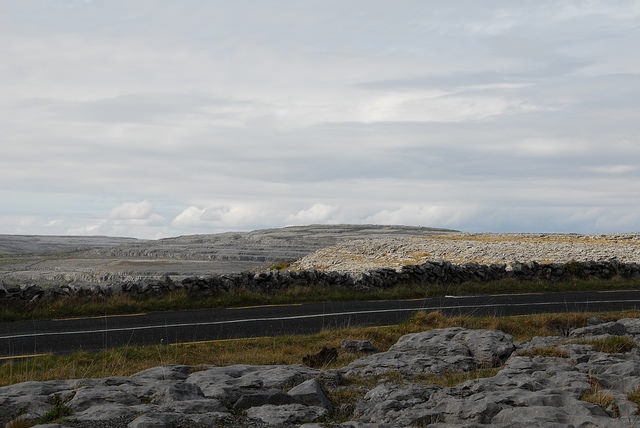
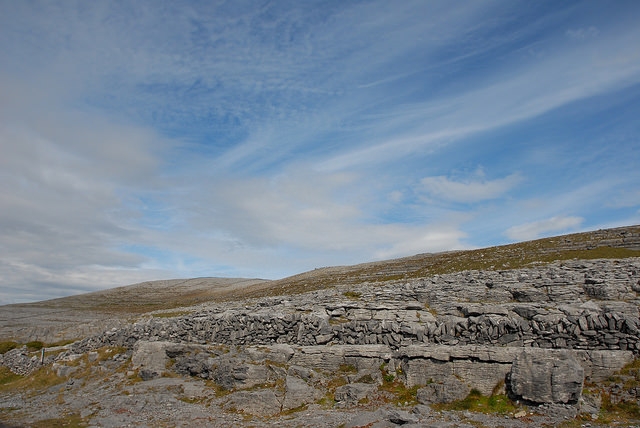


Leave a Reply